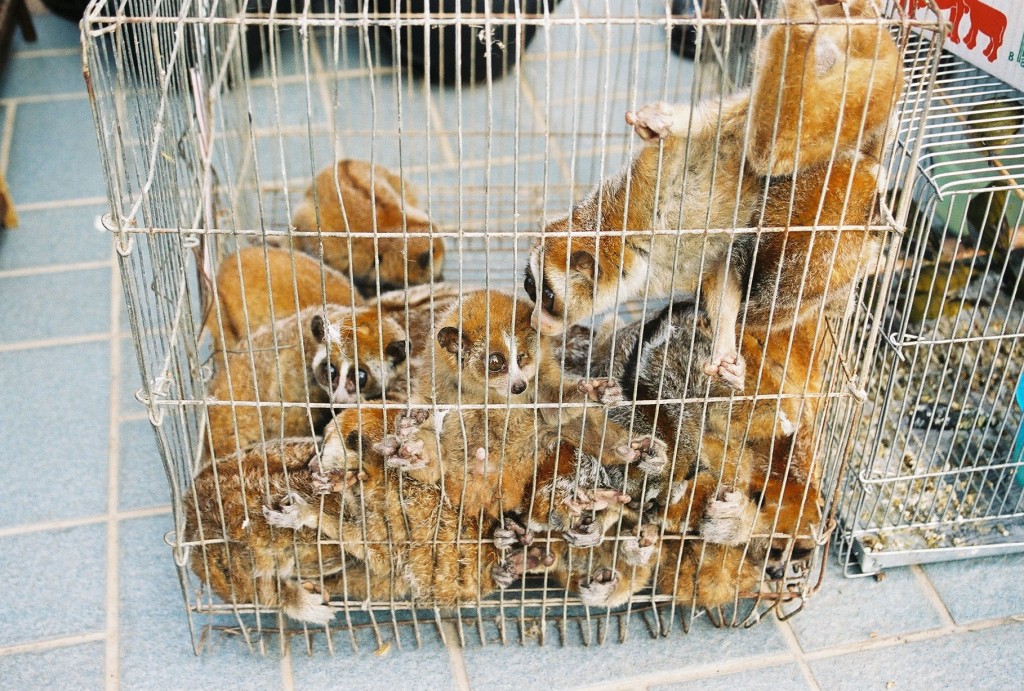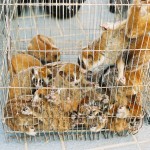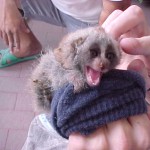Posted on 17/02/2012
On the 9th February at approximately 3pm, Wired removed the notorious ‘tickling slow loris video.’ On 16th February, the Fake and Gay Channel, although they would not remove to cruel and disturbing slow loris umbrella video, added an education message to the video urging the public NOT TO KEEP THE LORISES AS PETS. This is 100% the result of YOUR COMMENTS on these videos, imploring the individuals who uploaded videos of illegally imported and bred lorises, showing them in appropriate conditions. Most of the videos are of the pygmy loris. The pygmys in the photo below were confiscated after they had left their country of origin, destined for the international pet trade. THIS MUST STOP.
What can you do now?
- Please continue to visit the loris video sites EVERY DAY
- Leave helpful, not angry or rude comments, informing the uploaders of the cruelty of these videos.
- Visit our Little Fireface Project on Facebook to find out which videos we are targeting.
- Feel free to quote Dr Anna Nekaris and use any of the following quotes, direct readers to the Little Fireface Project, and link to the Jungle Gremlins of Java video on YouTube.
- “All slow lorises are threatened in the wild. Trade for the traditional medicines and for pet is their greatest immediate threat. In the case of pets, very many slow lorises have their teeth removed inhumanely with wire cutters, nail clippers or pliers, am often fatal process. This does NOT succeed in making the loris non-venomous.”
- “Slow lorises are EXTREMELY DIFFICULT TO BREED in captivity. The world captive population of slow lorises bred inb zoos world-wide is 109 for N. coucang, N. menegensis, N. begalensis, and N. javanicus combined and 201 for the N. pygmaeus. If we look at the pet lorises on YouTube, we already find more than this number for N. pygmaeus alone! It is therefore nearly Impossible that these animals are captive bred. If the best zoos in the world, with expert care cannot breed and keep these animals, that have extremely specialised social and dietary needs, it is highly unlikely that there are loris ‘nurseries’ that can do this.”
- “Slow lorises are nocturnal animals that live in complex social groups. They eat mainly insects, gum and nectar. They must have a continual grip on a complex network of branches to be stress-free, as this is their main anti-predator strategy. Being on a flat substrate (bed, sofa) in the bright light being fed high amounts of fruit and being kept alone are all husbandry practices detrimental to their health and well-being.






